Understanding everything about Conversational AI Agents
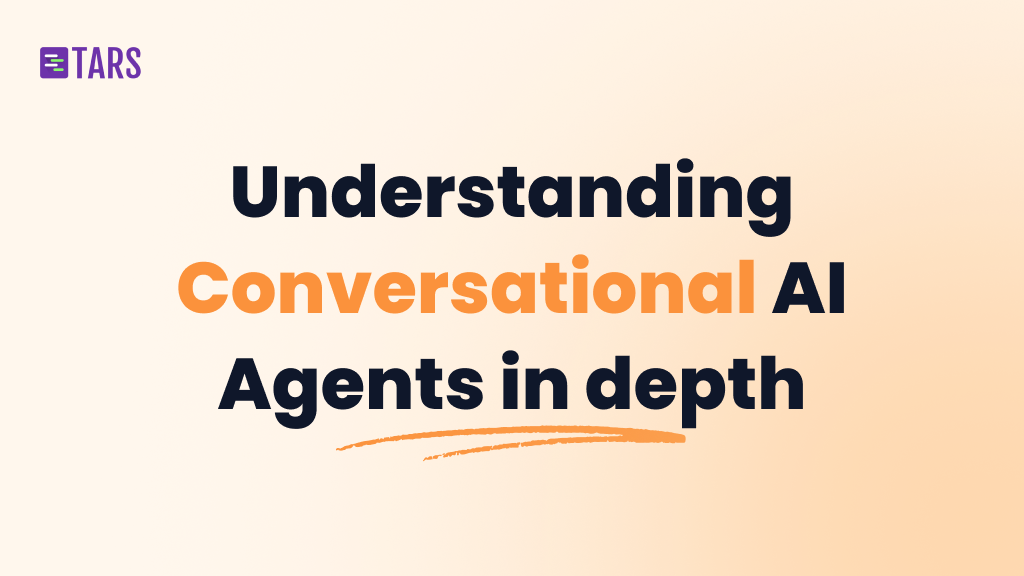
Remember when customer service meant waiting on hold for 20 minutes just to reset your password? Those days are quickly disappearing, thanks to Conversational AI Agents that can actually understand what you’re saying and help solve real problems.
But here’s the thing – not all AI Agents are created equal. What we’re seeing today goes way beyond those frustrating chatbots that could only respond with “I didn’t understand that” or transfer you to a human. Modern Conversational AI Agents are getting pretty smart, and some of them are starting to think and reason almost like humans do.
What exactly are Conversational AI Agents?
Think of Conversational AI Agents as digital assistants that can actually hold a proper conversation with you. They’re not just programmed with a bunch of if-then statements anymore. Conversational AI Agents represent the practical implementation of computational linguistics, designed to conduct natural language processing and respond automatically using human language. Unlike basic chatbots that follow predetermined scripts, these agents simulate human-to-human interaction by understanding context, meaning, and nuanced communication patterns.
They use natural language processing to understand your words, machine learning to get better over time, and dialog management systems to keep track of where you are in the conversation. Some can even switch between text and voice depending on what works best for you.
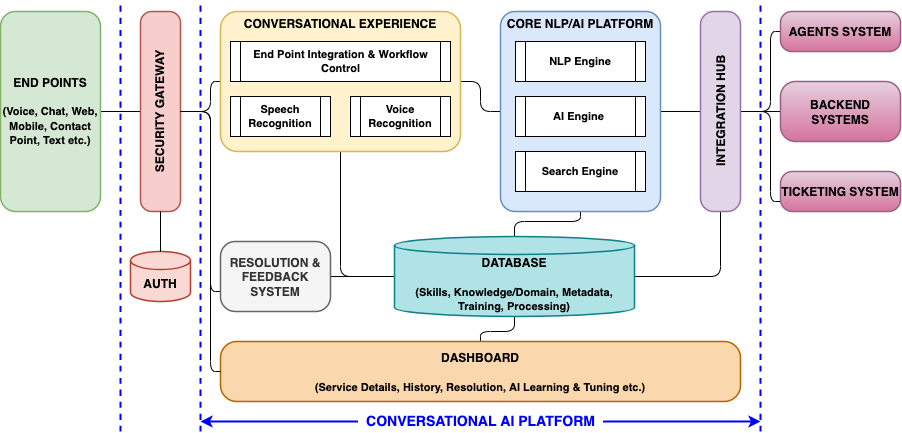
Credit: Research Gate
From simple chatbots to actually helpful Agents
The old days: Rule-based chatbots
Traditional chatbots were like those old phone trees – press 1 for this, press 2 for that. They followed scripts and could only handle very specific questions. If you asked something slightly different from what they were programmed for, you’d hit a dead end pretty quickly.
These systems were reliable for simple stuff like checking your account balance or resetting passwords, but they couldn’t adapt when things got complicated.
Today’s Conversational AI: Much better
Modern Conversational AI Agents can actually understand context and emotions. They can sense when you’re frustrated and adjust their response accordingly. They remember what you talked about five minutes ago and can connect the dots between different parts of your conversation.
More importantly, they can handle tasks that require multiple steps and some actual thinking.
The newest development: Agentic AI
This is where things get really interesting. Agentic AI doesn’t just respond to what you say – it can actually work toward goals and solve complex problems by breaking them down into smaller pieces.
Instead of following a script, these Agents focus on what you’re trying to achieve and figure out the best way to get there. They can use different tools, check various sources of information, and even ask you questions when they need clarification.
How these systems actually work
The main components
Understanding what you mean: The natural language understanding part is like the Agent’s brain for comprehension. It doesn’t just look at your words – it tries to figure out what you actually want. If you say “I can’t get into my account,” it understands you probably need help with login issues, not a philosophical discussion about access.
Keeping track of the conversation: The dialog management system is what keeps everything organized. It remembers that you started by asking about your bill, then mentioned a problem with a charge, and now you want to dispute it. Without this, every message would feel like starting over.
Responding naturally: The natural language generation component takes all the information the system has figured out and turns it into responses that actually sound human. No more “ERROR: INVALID INPUT” messages.
Connecting to other systems: Modern Agents need to talk to your company’s databases, payment systems, inventory management – basically everything that has the information needed to actually help you.
The ReSpAct approach: Think, talk, then act
One of the coolest developments is something called ReSpAct, which stands for Reasoning, Speaking, and Acting. Here’s how it works:
- Reasoning: The Agent thinks through your problem and considers different approaches
- Speaking: It talks to you about what it’s thinking, asks questions, and gets your input
- Acting: Only then does it take action, and it keeps you updated throughout the process
The ReSpAct framework transforms the traditional “Reason and Act” model into a more collaborative “Reason, Speak, and Act” approach, making AI agents true conversational partners rather than simple command-response tools.

Credit: cobusgreyling newsletter
What these Agents can actually do
Remember and learn
Good Conversational AI Agents don’t treat every conversation like meeting you for the first time. They remember your preferences, past issues, and what worked for you before. Over time, they get better at predicting what you need and how you like to communicate.
Handle complexity
Unlike the old chatbots, modern Agents can work through multi-step problems. They can gather information, check different systems, run calculations, and coordinate with other tools to get things done.
Think symbolically
This is getting into the technical stuff, but basically, these Agents can create mental models of situations. Just like you might picture the layout of your kitchen when someone asks where you keep the coffee mugs, Agents can build internal representations of problems and work through them step by step.
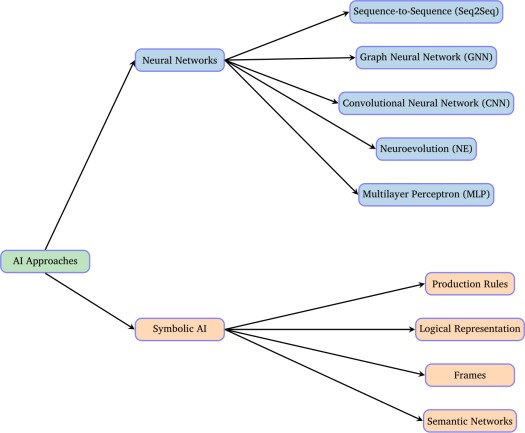
Credit: ScienceDirect.com
What makes Agentic AI different?
Focusing on outcomes, not procedures
Traditional systems follow steps: do A, then B, then C. Agentic AI thinks about what you want to accomplish and figures out the best path to get there. If plan A doesn’t work, it tries plan B without you having to start over.
Multiple Agents working together
Instead of one big system trying to do everything, Agentic AI uses teams of specialized Agents. One might be great at understanding financial questions, another at handling scheduling, and a third at coordinating with external services. They work together behind the scenes to solve your problem.
Smart routing
Advanced systems can look at your request and immediately figure out the best way to handle it. Simple security stuff like password resets still go through secure, predictable processes. Complex questions that need reasoning and multiple steps get routed to the agentic components.
What’s coming next
Better personalization
Future Agents will get even better at understanding individual preferences and adapting their communication style to match what works best for each person.
Emotional intelligence
We’re starting to see Agents that can recognize when someone is frustrated, confused, or in a hurry, and adjust their approach accordingly.
Proactive help
Instead of waiting for you to ask for help, future Agents might notice patterns and offer assistance before problems become bigger issues.
Seamless experiences
The goal is for interactions to flow naturally across different devices and platforms without losing context or having to repeat information.
The bottom line
Conversational AI Agents have come a long way from those annoying chatbots that couldn’t understand anything. The technology is getting sophisticated enough to handle real problems and provide genuinely helpful experiences.
The move toward Agentic AI is particularly exciting because it’s creating systems that can actually think through complex situations and work with you to find solutions, rather than just following scripts.
If you’re thinking about implementing this technology, focus on understanding what problems you’re trying to solve and how these tools fit into your broader customer experience strategy. The technology is powerful, but success comes from deploying it thoughtfully and making sure it actually makes things better for the people using it.
We’re heading toward a future where talking to AI feels natural and productive rather than frustrating. The Agents are getting smarter, more helpful, and better at understanding what we actually need. For businesses, this means being able to provide better service while managing costs. For customers, it means getting help when you need it without the runaround.
The key is remembering that this technology works best when it enhances human capabilities rather than trying to replace them entirely. The most successful implementations combine the efficiency and availability of AI with the judgment and empathy that humans bring to complex situations.
A writer trying to make AI easy to understand.
- What exactly are Conversational AI Agents?
- From simple chatbots to actually helpful Agents
- The old days: Rule-based chatbots
- Today’s Conversational AI: Much better
- The newest development: Agentic AI
- How these systems actually work
- The main components
- The ReSpAct approach: Think, talk, then act
- What these Agents can actually do
- Remember and learn
- Handle complexity
- Think symbolically
- What makes Agentic AI different?
- Focusing on outcomes, not procedures
- Multiple Agents working together
- Smart routing
- What’s coming next
- Better personalization
- Emotional intelligence
- Proactive help
- Seamless experiences
- The bottom line


Build innovative AI Agents that deliver results
Get started for freeRecommended Reading: Check Out Our Favorite Blog Posts!
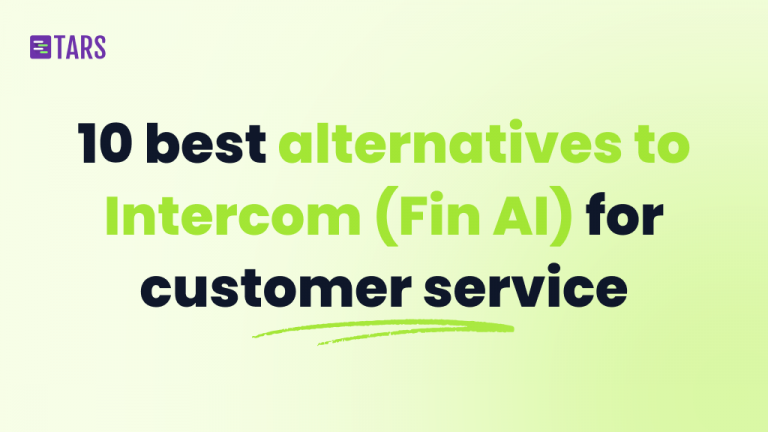
10 best alternatives to Intercom (Fin AI) for AI-powered customer service [2025]
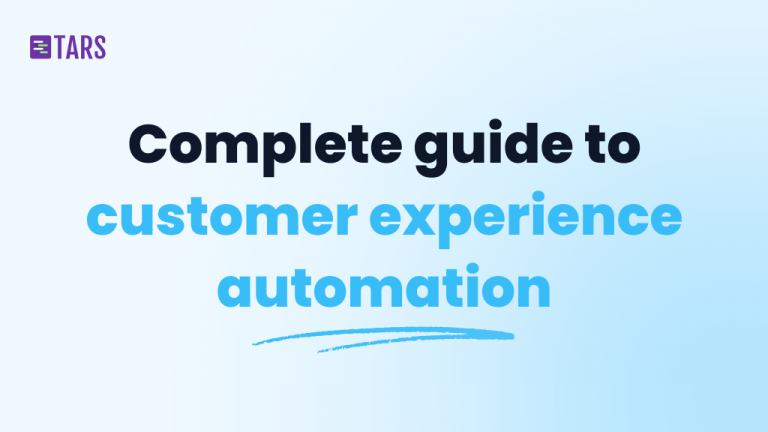
Customer experience automation: The complete guide to CXA in 2025

How to measure customer experience: The complete guide for AI-powered support and growth

Our journey in a few numbers
With Tars you can build Conversational AI Agents that truly understand your needs and create intelligent conversations.
years in the conversational AI space
global brands have worked with us
customer conversations automated
countries with deployed AI Agents



